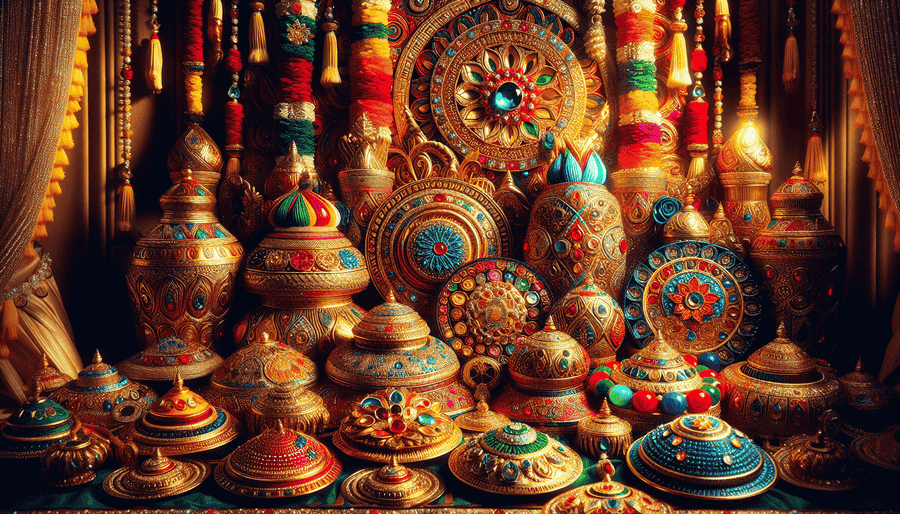Mangal Abhishek Vastrasah Timings, Cost, and Booking. The puja duration is 30 to 45 minutes.
What is Mangal Abhishek Vastrasah?
Mangal Abhishek Vastrasah is a sacred ceremony performed during Hindu weddings. The term can be broken down into three parts:
- Mangal: Auspicious or blessed
- Abhishek: Anointment or consecration
- Vastrasah: Clothing or garments
Together, these words describe the ritual of blessing and anointing the wedding attire of the bride and groom. This ceremony is believed to purify the garments and infuse them with divine energy, preparing the couple for their new life together.
The Spiritual Significance
Connection to Deities
The Mangal Abhishek Vastrasah ritual is deeply rooted in Hindu spirituality. It’s believed that by performing this ceremony, the couple invokes the blessings of various deities, particularly:
- Lord Vishnu: The preserver of the universe
- Goddess Lakshmi: The deity of wealth and prosperity
- Lord Ganesha: The remover of obstacles
The Ritual Process
Preparation
- Selection of auspicious time (muhurta)
- Gathering of necessary items:
- Holy water (usually from sacred rivers like the Ganges)
- Turmeric paste
- Vermilion powder
- Flowers
- Incense
- Wedding attire of the bride and groom
Ceremony Steps
- Invocation: The priest begins by chanting mantras to invoke the presence of deities.
- Cleansing: The wedding garments are sprinkled with holy water, symbolizing purification.
- Anointing: The clothes are then marked with turmeric paste and vermilion, representing prosperity and auspiciousness.
- Blessing: Flowers are offered, and incense is waved over the garments while more mantras are recited.
- Final Prayer: The ceremony concludes with a prayer for the couple’s happy and prosperous married life.
Regional Variations
Like many Hindu traditions, Mangal Abhishek Vastrasah can vary across different regions of India:
North India
In northern states, the ritual often includes the bride’s brother sprinkling sacred water on the groom’s shoes, symbolizing the strengthening of family bonds.
South India
Southern traditions might incorporate the use of coconut water along with holy water from the Ganges for the blessing of the garments.
West India
In states like Gujarat and Maharashtra, the ritual might be combined with the ‘Pithi’ ceremony, where turmeric paste is applied to the bride and groom’s bodies.
Conclusion
Mangal Abhishek Vastrasah is more than just a ritual; it’s a beautiful blend of spirituality, tradition, and emotion. It encapsulates the essence of Hindu weddings – the coming together of two individuals, two families, and two souls under the blessing of the divine. As couples continue to embrace this ancient custom, they carry forward a legacy of love, purity, and divine grace into their marital journey.

